
Climbing Roses
The subject of both literature and poetry, roses are the classic climbing flower. They are also romantic, colorful and fragrant. Everyone feels special when seated under a pergola covered in roses. Did you know that a dose of phosphorous promotes blooming, so some rose gardeners bury banana peels under their plants or make a slurry of peels and water in the blender and pour it on the soil. For top performance, climbing roses require six hours a day of sun, regular water and 2 to 3 inches of coarse mulch over well-drained soil.
Roses have had a reputation of being a needy plant. That’s no longer so.
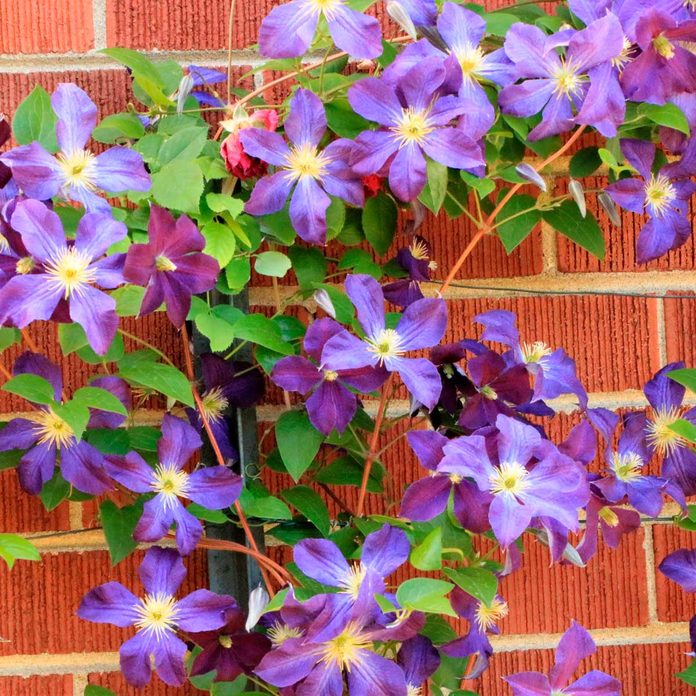
Clematis
Clematis is a vigorous grower with cultivars that prefer sun and others that do well in partial shade. Clematis flowers, in several vibrant color, bloom in late spring and again in early summer. The queen of climbers, their reach is easily 10 to 20 feet, so they make the perfect flower to cover your pergola or garden arch. Clematis prefer moist, well-drained soil that is neutral to slightly acidic.
The clematis is just one plant that will make your garden pop with color.

Passion Flower
The exotic and fragrant passion flower only stays open for one day, so don’t go on vacation! Its complex and colorful configuration is so stunning you won’t want to miss the show. A perfect climber for tropical and sub-tropical climates, the passion flower grows up to 30 feet with a spread of 6 to 8 feet. This vine can cover a lot of territory, so control it with pruning. Or, it grows well in a container on the balcony or patio. Fast growing, this climber produces an edible fruit as an added bonus. Grow in full sun with well-drained soil kept moist with mulch.
Make your balcony beautiful with these small space gardening tips.
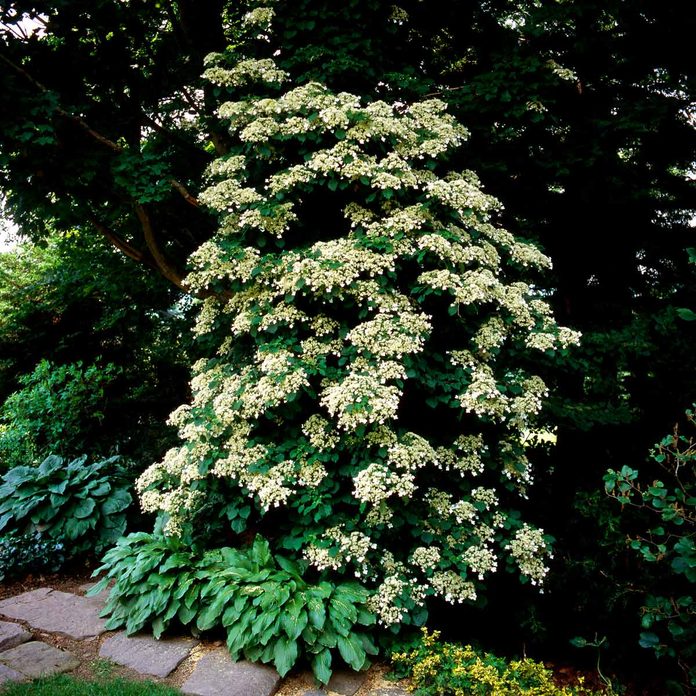
Climbing Hydrangea
Climbing hydrangea is hardy to zone 5. It has a strong, woody vine with glossy dark green leaves and it produces large, white flowers in early summer. Unlike other vines, the climbing hydrangea will continue to bloom in partial shade and also grows well in sun or full shade. This climbing plant attaches itself to walls, trellises or tree trunks using small rootlets in the vines.
Take a look at these easy-to-grow plants that add color to your shade garden.
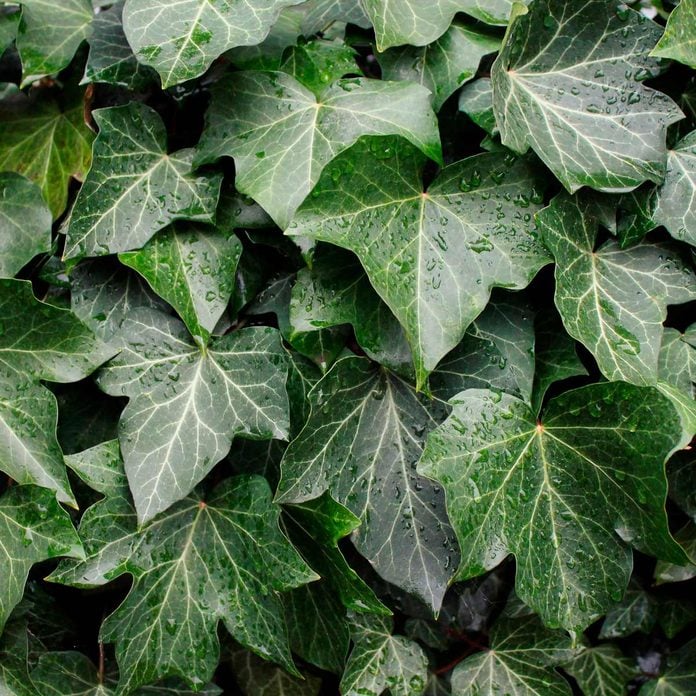
English Ivy
For a colder climate, English ivy is popular among climbing plants. Can’t you see the historic downtowns of New England covered in this slow-growing creeper? Ivy uses rootlets in the vines to attach itself to brick or stone walls as high as 50 feet. And, it also makes a great ground cover. English ivy does best in shade, growing in a soil rich with organic matter. Ivy makes beautiful topiary when grown in pots over a wire frame. Use the prunings for tablescapes or floral arrangements.
Beware that deer love English ivy. If you choose to add this climbing plant to your garden, make sure you know how to keep the deer out.
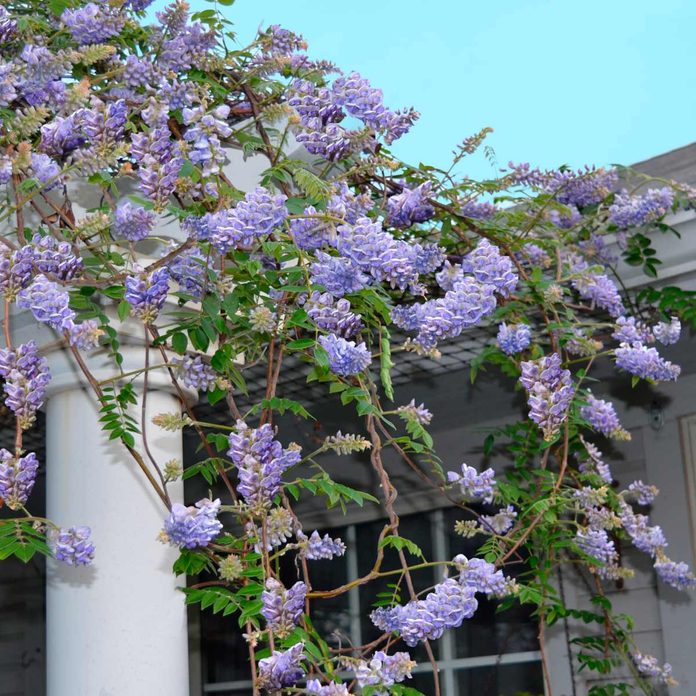
American Wisteria
An icon of the old south, wisteria blooms are both elegant and ethereal. If you want to avoid invasive species though, choose American wisteria over the Chinese or Japanese varieties. It’s still an aggressive grower but only at two-thirds the rate as the Asian cousins and it’s easier to manage. American wisteria is ideal for fences, pergolas and arbors, in sun to partial shade. Unlike other woody, deciduous vines, some varieties of wisteria can be trained to grow as a tree if tied to a 6-foot stake.
Besides Asian varieties of wisteria, there are other invasive plants you will want to remove from your garden.

Morning Glory
If you love the look of climbing plants but don’t have much space, morning glory grows nicely in a container with a trellis. Use a lightweight, organic potting soil, kept well watered. Insert a trellis in the container or put up one behind it. Morning glories like sun in the morning and shade in the afternoon. To have blooms all day, combine them with moonflower vine, which blooms in the later part of the day.
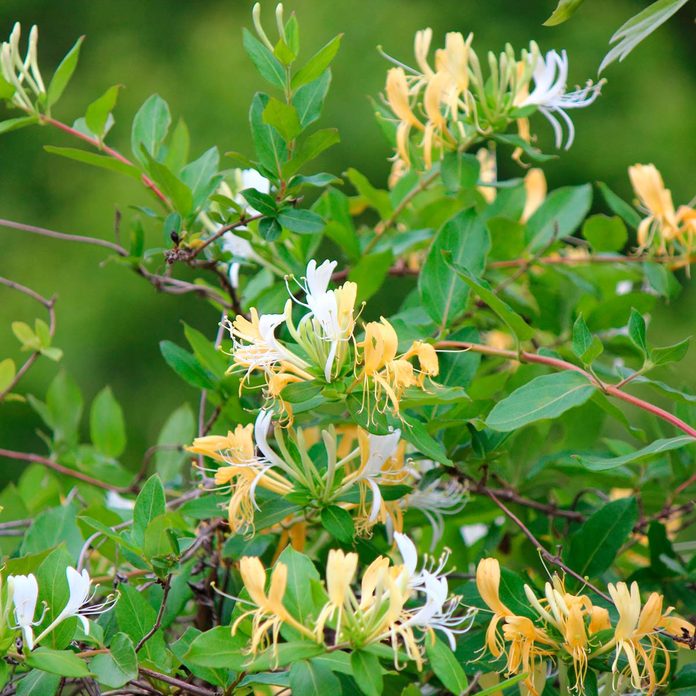
Honeysuckle
Many people have fond memories of sucking the nectar from honeysuckle flowers during their childhood. If you love its heady aroma but don’t want it taking over your property, plant it in a container. While the vine does well in partial shade, the more sun it gets the more flowers—and more heavenly fragrance—you will get. Honeysuckle attracts hummingbirds and other beneficial pollinators. Its antiviral properties make it a beneficial addition to natural flu remedies.
Your best bet for late summer container color is to add annuals to the mix.
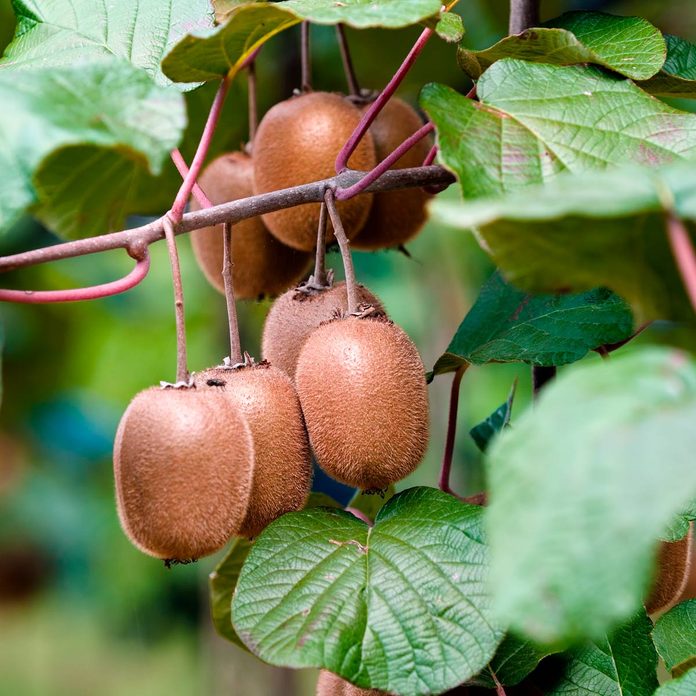
Kiwi Vine
Can’t you just taste that sweet, juicy fruit? The beloved kiwi vine is hardy in zones 3 to 8. While it produces small white flowers, the leaves put on the prettiest show with a green, white and pink variegation. To grow fruit, you need both a male and female vine, as well as mild winters with a long frost-free season. Kiwi vine prefers well-drained soil and full sun in a moderate climate. But if you live in a hot climate, they will thrive in an area that is partially shaded.
Add one of these plants to provide extra color to your garden this season.
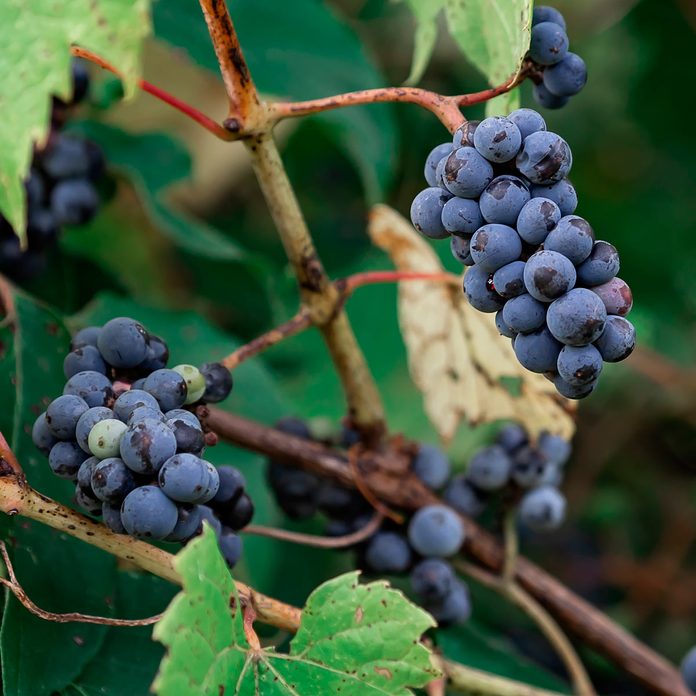
Grapes
The fruit that entices, grapes climb by sending out tendrils that wrap themselves around whatever is there for support. Their large, flat leaves provide shade from the hot sun in which they thrive. The fruit, whether eaten from the vine or turned into wine, is an added bonus. Grapes require annual pruning and no mulch, please, as they like their soil warm.
